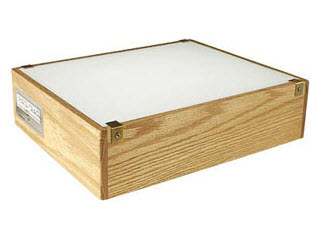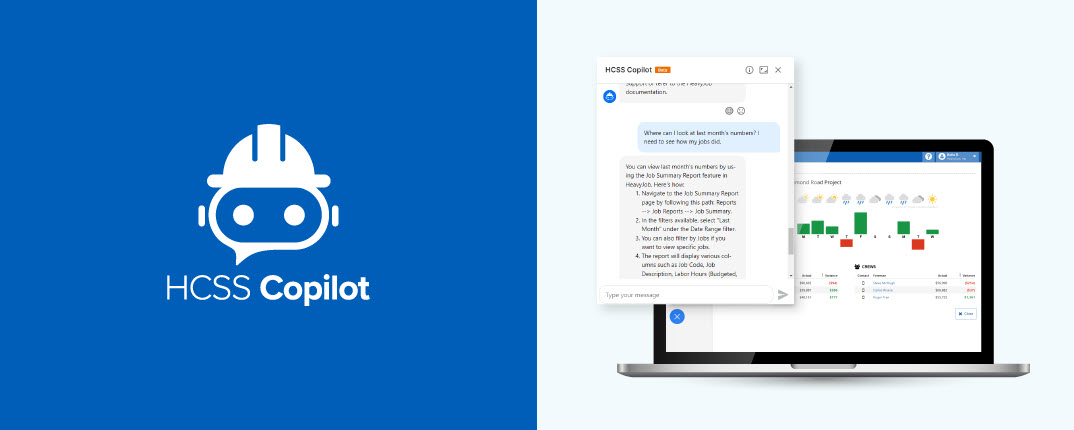Remember the days when every job trailer had light boxes and plans storage racks? Your light box was a staple for overlaying two plan sheets to find conflicts. It wasn’t perfect, but when it worked, it sure was handy. Plan sets then were designed to be used physically, and considerations were taken for devices like your light box.

Now, different scales, different match lines, different sheet margins, or different sheet sizes could cause your light box to become useless as designers operate only in the digital world.
What’s more, modern technology has simplified the design process, leading to more sheets and revisions than ever being created and given to the contractor to manage. Modern problems have given way to modern solutions, and HCSS helps contractors every day identify conflicts quickly and seamlessly.
Adapt to the Times with Modern Sheet Comparison
Drawing on its physical predecessor, HCSS Plans took the concept of a light box and digitized it. Any two sheets can be selected and compared.
“For example, you can identify if you're going to have a conflict with your electrical line compared to your storm drain line,” says Tom Warner of Bay Cities Paving and Grading for how he uses sheet comparison in HCSS Plans.
The differences are obvious, whether comparing between phases or disciplines.
The similarities are shown in black, and the differences between sheets are colored blue or green. The problems with scaling, rotation, and positioning are solved with easy-to-use tools to get the sheets aligned perfectly.
“For quite a while, we were seeing a lot of scanned sheets,” says Andrew Fowler, Product Manager of HCSS Plans. “The orientation would be off by a few degrees, or the scale different between scanned sheets. Then, tools for scaling and rotating a sheet were critical to getting everything perfectly aligned. Now, you don’t see that as much.”
With the evolution of sheet quality comes a unique and common-sense opportunity for how to approach sheet comparisons - align by location.
From Sheet Comparison to Location Comparison
With features such as its blue dot to show your actual location, and the map view, HCSS Plans has been unique in solving needs around location. It made sense to automatically align the sheets by location to more quickly identify any conflict.
HCSS Plans will automatically rotate, scale, and pan the location-enabled sheets into the proper orientation so that identifying the location of the conflicts is faster than ever.
The Storm Sewer and Utilities sheets are automatically aligned by location.
A great time to use this is when match lines differ between disciplines. Even with software, the task of getting those two sheets aligned took too much time and energy, especially for foremen in the field. Now, the sheets are automatically aligned for you - no additional effort is needed.
Conclusion
Conflicts in construction are bound to happen. Site conditions are unknown; the design is flawed or incomplete; one discipline’s sheets have revisions and another does not. While some owners identify the changes between revisions, that is not always the case. Ultimately it’s up to the contractor to determine the conflict and how work will be impacted. HCSS Plans makes finding conflicts in the field doable again and makes it even easier than before.
Learn More
Try out HCSS Plans by signing up for our free trial here.
Want to speak with an HCSS professional to see what HCSS Plans can do for you? Sign up here for a free demo today.



